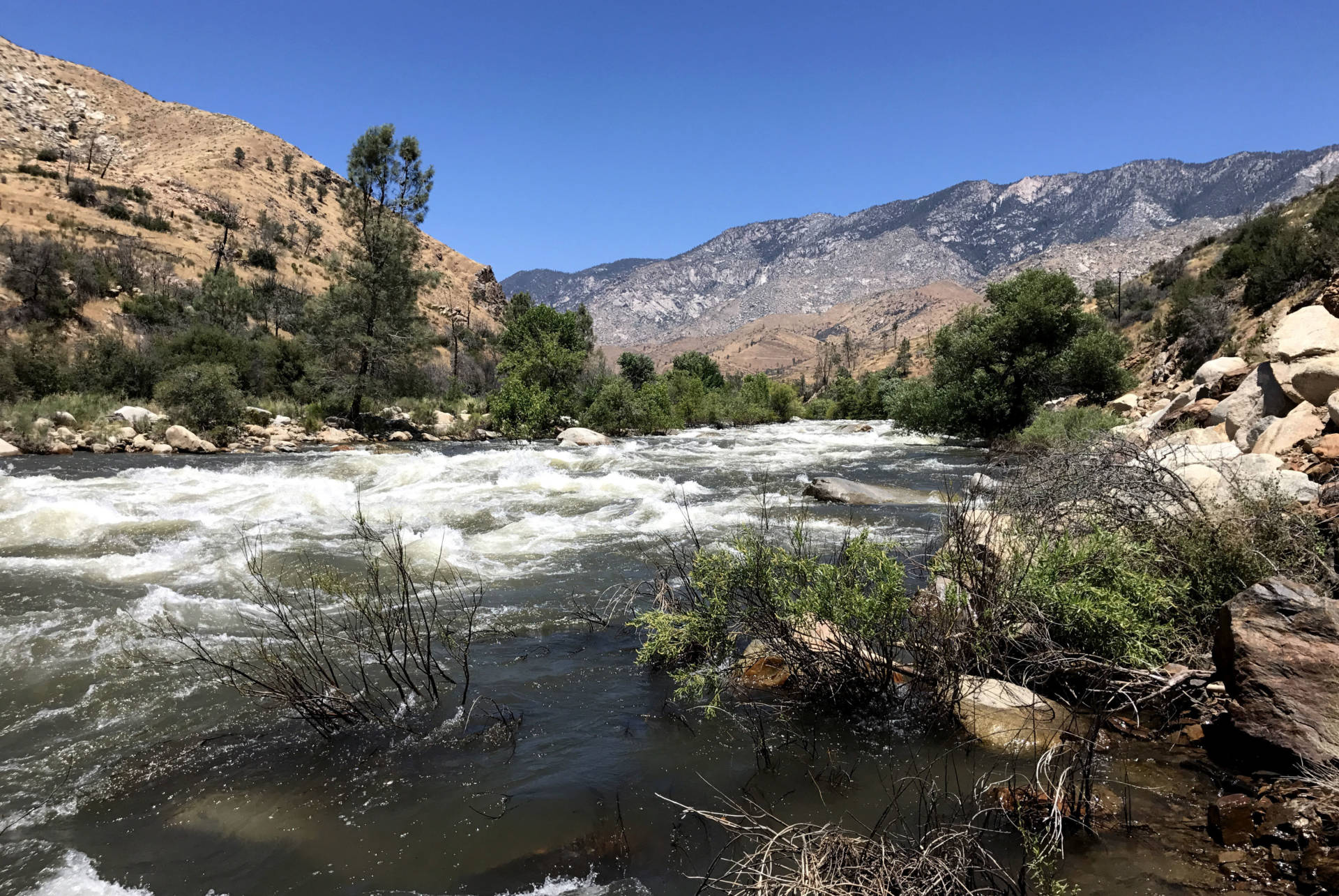The change in the water's behavior has been good for Moore and whitewater sports enthusiasts -- professional kayakers are flocking to the Kern. But it's also proved dangerous.
The Kern River has claimed the lives of eight people since March. The Los Angeles Times reports that over the long holiday weekend, one more person died and two others went missing. And on Saturday, crews pulled out the body of a swimmer lost to the raging waters more than a week earlier. That body was identified as belonging to Michael Ramirez, a member of the Orange County underground hip-hop group Rebellion Warfare.
Emergency workers worry there will be more.
"This is not the same river [people] may have visited last year," says Sgt. Zack Bittle, with Kern County Search and Rescue.
The water is 10 times stronger than it was a year ago, Bittle says. Riverbanks are less stable. Vegetation and brush that had grown on low shorelines during the drought are now submerged, creating invisible, underwater hazards.
"I can't recommend going in the river this year. It's just insane," Bittle says. He adds that if you must go in the water, to be sure to take an expert guide.
The power of the Kern River is partly due to geography. The Kern River draws its waters from the base of Mount Whitney, the highest point in the continental U.S., more than 2 miles above sea level. From there, the snowmelt races down narrow canyons and chutes, past Kernville, to the flat, flax-colored floor of the Central Valley below.
The drop in elevation and surrounding geology give the Kern River oomph.

9(MDAxOTAwOTE4MDEyMTkxMDAzNjczZDljZA004))
